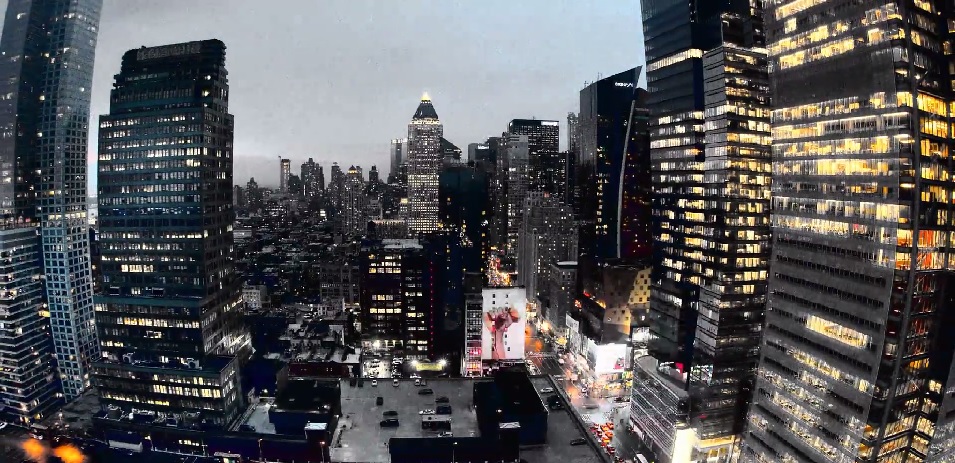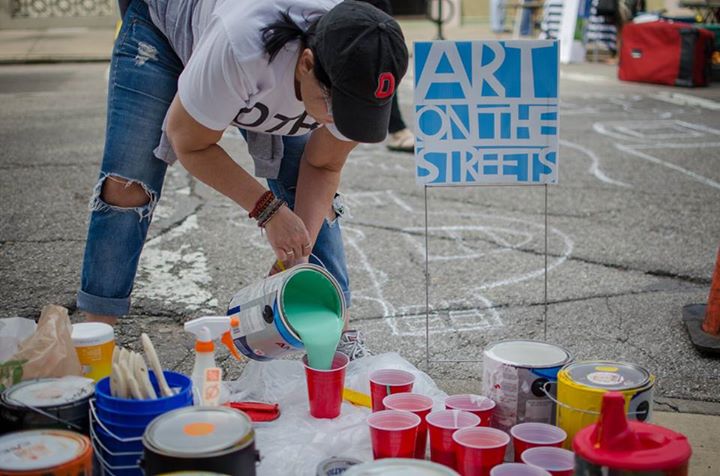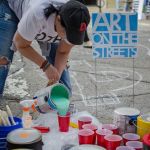Do Hamilton and Middletown possess a unique advantage when it comes to urban agriculture?.
We have seen urban farming grow in popularity throughout Cincinnati – by far the largest urban center of the more than 3 million person mega-region – but is there an even brighter future for these community green spaces and food production zones in other smaller cities throughout the region? Might small, older cities like Hamilton and Middletown be well-suited to take the trend to the next stage? More from Urbanful:
Some two-thirds of the world’s urban land is located in small to medium urban clusters, defined as areas that are less than 10 square kilometers and up to 100 square kilometers, respectively, Shareable reports. Because more people live in small/medium urban centers, farm land in these areas can have a greater impact on the population than those of their bigger counterparts. Beyond that, less population density in smaller places means there’s a greater chance for larger land plots, which accordingly, can yields larger harvests.
A medium-sized “urban cluster” like Flint, Michigan, for instance, is just about the same size as Manhattan. According to the logic of the study, the smaller people-to-land ratio means more land would be available for urban farming in Flint. As a result, more food could be produced, and more people could reap the benefits of the production.


